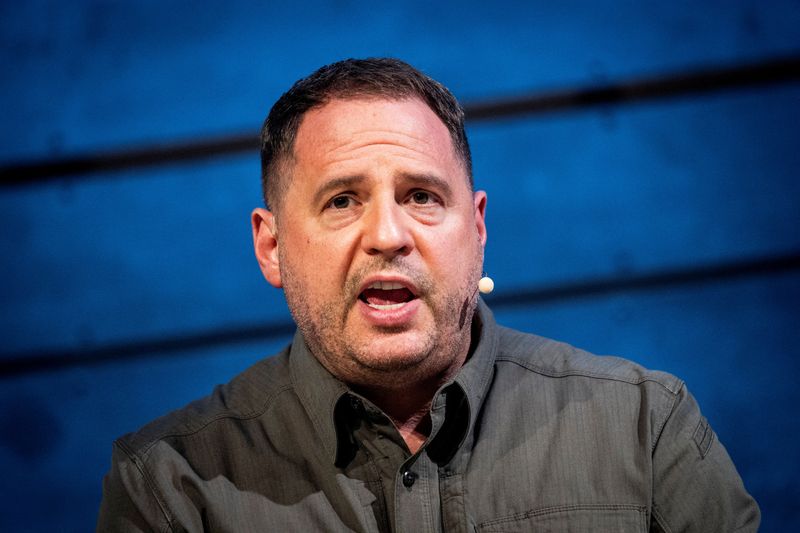Capital structure defines the mix of debt and equity finance that a company has at its disposal. Every company utilizes a different combination of several finance sources to increase their benefits while decreasing costs. Companies can make a decision about their capital structure by using various models or theories. One of these includes the pecking order theory of capital structure.
What is the Pecking Order Theory?
The pecking order theory suggests that companies should prefer finance sources generated internally to those available from external sources. This internal finance source comes in the form of retained earnings that companies generated from their operations. If a company does not have this option, it can collect funds from external sources.
From external finance sources, the pecking order theory suggests that companies should prefer debt finance first. It is because debt is usually cheaper compared to other sources of finance. If a company does not have the option to raise finance through debt, it can generate finance through equity. According to the theory, companies should only use equity finance as a last resort when none of the other finance sources is available.
How does the Pecking Order Theory work?
Unlike other theories regarding capital structure, the pecking order theory does not establish an optimum capital structure. Instead, it focuses on minimizing costs. As mentioned, this theory suggests that companies must prefer internally-generated finance sources. It is because these sources are the least costly for companies.
Secondly, the pecking order theory prefers debt finance over equity finance. It is because debt finance is inexpensive compared to equity. As a last resort, this theory also allows companies to utilize equity finance. By using finance sources in that order, the pecking order theory enables companies to send a positive signal to their investors and the market.
When a company uses finance that it generates internally, it increases its capital without any additional costs. Similarly, the costs related to debt finance are lower than equity finance. On top of that, using debt finance allows the management to signal that it is confident that a company can meet its repayment obligations. Lastly, using equity finance sends a negative signal, suggesting the company’s stock is overvalued.
What is the importance of the Pecking Order Theory?
The pecking order theory is valuable for several reasons. Firstly, it provides a direction for companies to establish a capital structure. Similarly, it allows companies to minimize the costs related to financing. The pecking order theory also provides guidance to verify how information asymmetry affects the cost of financing a company.
As mentioned above, the pecking order theory also allows a company’s management to send signals to the market. Usually, using internally-generated finance sources or debt finance can have a positive impact on stock prices.
What are the limitations of the Pecking Order Theory?
The pecking order theory has several limitations. Firstly, this theory establishes an ideal pecking order for capital structure. Practically, it may not be possible for a company to follow that order. Similarly, this theory limits the types of funding that companies can use. It also does not consider other finance sources, such as hybrid instruments.
The primary limitations of the pecking order theory come from its theoretical nature. On top of that, the theory is outdated and does not consider the challenges faced when establishing capital structures.
Conclusion
The pecking order theory proposes an order for companies to use when establishing a capital structure. This theory suggests that companies should prefer internally-generated finance sources first. When that is not possible, these companies should use debt finance. Only as a last resort, companies should utilize equity finance.
Further questions
What's your question? Ask it in the discussion forum
Have an answer to the questions below? Post it here or in the forum




